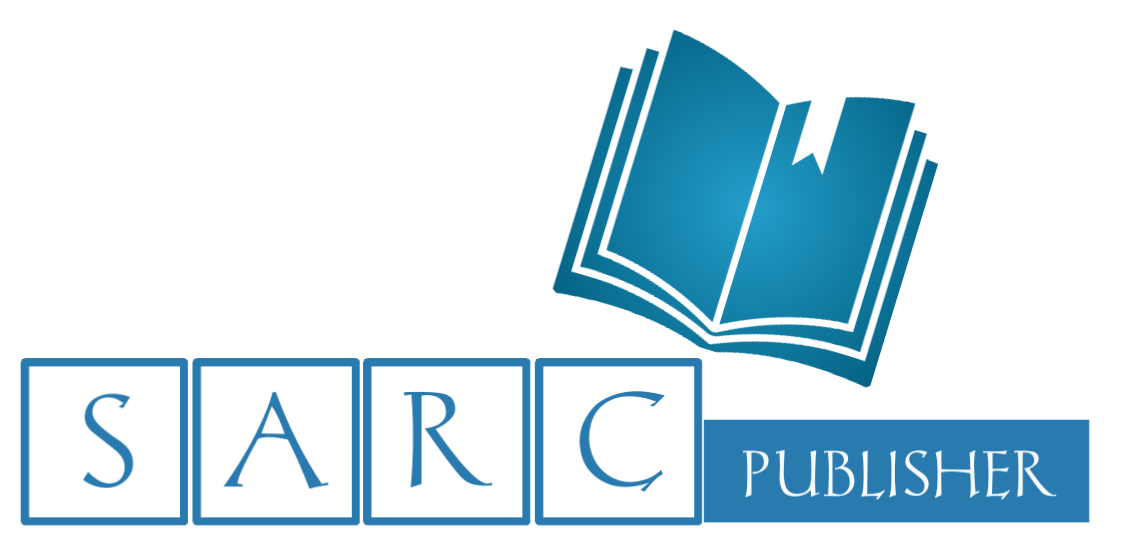Sarcouncil Journal of Internal Medicine and Public Health

Sarcouncil Journal of Internal Medicine and Public Health
An Open access peer reviewed international Journal
Publication Frequency- Bi-Monthly
Publisher Name-SARC Publisher
ISSN Online- 2945-3674
Country of origin-PHILIPPINES
Impact Factor- 3.7
Language- Multilingual
Keywords
- Primary Health Care; Sexual Health; General Medicine; Oral Health; Health Informatics; Family Practice; Mental Health; Health Education; Emergency Care; District Health Care; Rural Health Care; Health Promotion etc.
Editors

Dr Hazim Abdul-Rahman
Associate Editor
Sarcouncil Journal of Applied Sciences

Entessar Al Jbawi
Associate Editor
Sarcouncil Journal of Multidisciplinary

Rishabh Rajesh Shanbhag
Associate Editor
Sarcouncil Journal of Engineering and Computer Sciences

Dr Md. Rezowan ur Rahman
Associate Editor
Sarcouncil Journal of Biomedical Sciences

Dr Ifeoma Christy
Associate Editor
Sarcouncil Journal of Entrepreneurship And Business Management
Only Diagnose a SARS-CoV-2 Infection by Documenting a Positive RT-PCR
Keywords: dilated cardiomyopathy, SARS-CoV-2 infection, myocarditis, Takotsubo, multisystem inflammatory syndrome
Abstract: The interesting article by Gandhi et al. [Gandhi, V. V. et al., 2023] on a 28-months-old male with dilated cardiomyopathy (dCMP) as a complication of SARS-CoV-2 infection (SC2I)-associated multisystem inflammatory syndrome in children (MIS-C) raises concerns that should be discussed. The first point is that the diagnosis of SC2I remains unproven [Gandhi, V. V. et al., 2023]. The patient only had elevated IgG antibodies to the spike protein, which is not evidence of SC2I, A positive RT-PCR test is mandatory for the diagnosis of SC2I. IgG and IgM antibodies against the S2-protein can persist for months, which is why it is not possible to determine at what point the infection actually occurred. The second point is that the cause of ventricular dilatation is not clear (1). To rule out myocarditis, an endomyocardial biopsy or cardiac magnetic resonance imaging with contrast would have been mandatory to determine whether late gadolinium enhancement was present or not. It is also crucial to rule out hereditary dilated cardiomyopathy as it is conceivable that the bi-ventricular dilatation existed subclinically before the current infection and became symptomatic due to the infection. Was there a positive family history of cardiomyopathy? A third differential diagnosis that should be excluded is Takotsubo syndrome (TTS). TTS has been repeatedly reported as a complication of SC2I [Kinoshita, H. et al., 2024], but also of SARS-CoV-2 vaccination (SC2V) [Arellano-Arteaga, K. J. et al., 2023]. TTS mimics myocardial infarction, but coronary angiography is normal. Was the patient vaccinated and was there a temporal connection between SC2V and dCMP? A fourth differential diagnosis that should be excluded is endocarditis. Was trans-esophageal echocardiography performed and was there evidence of valvular dysfunction or cardiovascular embolism? The third point is that it is unclear what is meant by “myocardial strain pattern with biventricular dilatation and a normal PR interval” (1). Did standard or long-term ECG recordings reveal evidence of supraventricular or ventricular arrhythmias? Was there any evidence of myocardial infarction on the ECG? The fourth point is that no coronary angiography was performed. To diagnose familial dCMP [Mathew, T. et al., 2017] and to rule out myocardial infarction as the cause of heart failure, coronary angiography would have been mandatory. In summary, the interesting study has limitations that put the results and their interpretation into perspective. Removing these limitations could strengthen the conclusions and reinforce the study’s message. Unless all primary and secondary causes of dCMP are completely ruled out, dCMP cannot be attributed to SC2I
Author
- Josef Finsterer
- MD PhD Neurology Dpt. Neurology & Neurophysiology Center Vienna Austria Orcid

